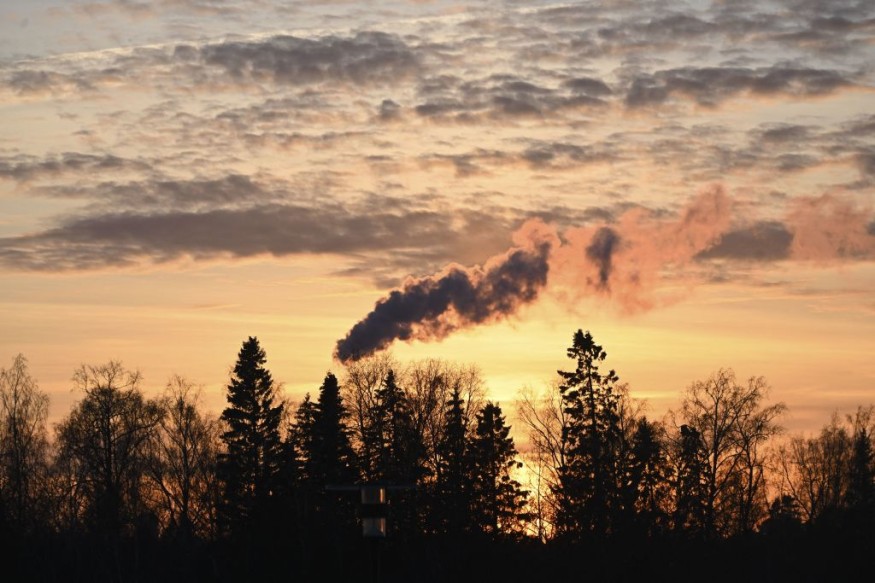Forest ecosystems and their trees are known for their vital role in providing not only natural habitats and an ecological haven for animals but also serve as a reservoir in case of massive flooding due to heavy rain and other storms. However, some trees are unable to escape the impact of damaging winds.
A new paper explored the mechanical dynamics on why some trees are able to survive strong winds, while others in the forest ecosystems are easily blown away. The secret lies behind how trees are closely situated relative to one another.
Tree Survival Strategy

Researchers explored the case of Tropical Cyclone Trami or Super Typhoon Trami, which affected multiple countries and regions, including Japan, the Philippines, Taiwan, Guam, Mariana Islands, Northern Mariana Islands, the US state of Alaska, and the Russian region of Far East, in September 2018.
The researchers focused on the mechanical process of tree survival strategy, an area that has not received attention from previous research; overlooking how trees mechanically behave during a tropical cyclone, as per the new study published in the journal Science Advances on Friday, March 11.
Close Proximity Matters
As a methodology, the team equipped sensors called strain gauges to two separate groups of trees with 'thick plots' and 'thin plots' in the forest ecosystems. This determined how trees survive the damaging winds of the storm, as well as measuring the trees' response to intense wind force.
The method yielded results that show thick plots, compacted areas of trees within forest ecosystems, serve as a mechanism to share the impact of damaging winds and survive even a Category 5 cyclone. One key component of this survival strategy is the close proximity of trees to each other.
Meanwhile, the team found that some parts of forest ecosystems with thin plots or an area that have less compacted trees are more vulnerable to damage. In this area, trees have a high risk of getting their branches broken or being uprooted from the tremendous winds.
The increasing threat posed by human activities, including deforestation, and climate change contribute to the further decline of trees in a forest ecosystem, as emphasized by National Geographic. This entails that a deforested area makes trees more vulnerable not only to destructive winds but also to flooding.
Forest Ecosystems at Risk
The growing intensity of storms due to climate change in recent years has magnified not only its economic repercussions but also its long-term environmental consequences, according to a report by the National Bureau of Economic Research in 2014.
This notion was also made evident by the recent paper, postulating that climate change will increase the intensity of future storms, including typhoons, cyclones, and hurricanes, highlighting that further damage to trees and forest ecosystems is expected in the coming years.
Its researchers stated that understanding the tree survival strategy against damaging winds in the foreseeable future, can help identify which trees can survive within forest ecosystems in succeeding storms.
© 2025 NatureWorldNews.com All rights reserved. Do not reproduce without permission.





